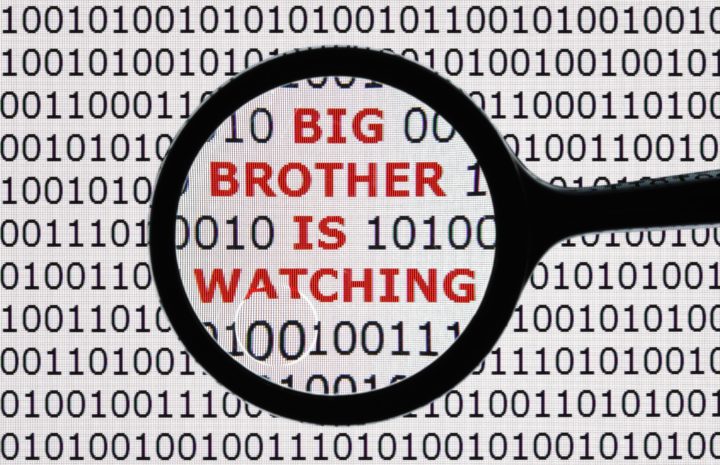Let’s start today with a quick test:
- Which well-known company listed its values as,
“Integrity, Communication, Respect, Excellence”?
- Which well-known company said,
“Earning lifelong relationships, one customer at a time, is fundamental to achieving our vision.”
If you answered “Enron” for question 1 and “Wells Fargo” for question 2, go buy yourself a cigar.
Enron had its four values prominently displayed in the lobby of their headquarters building, right up to the day that they were shut down for massive fraud. Wells Fargo apparently thought that lifelong customer relationships were best pursued by striving to cross-sell eight accounts to every customer, even if the only way that most employees were able to achieve their sales targets was to act like “lions hunting zebras” and open accounts without authorization or to sell unneeded products, preying especially on those who were least in a position to do anything about it.
Enron and Wells Fargo are extreme examples of the mismatch between stated values and actual behavior. I see examples of mismatches on a much smaller scale everywhere I go, and I’m sure you do too. But the problem with even small scale transgressions is that if left unchecked they can insidiously erode positive values drip by drip until one day you wake up to find that the actual culture bears little relation to the stated one.
Hypocrisy can either be intentional or unintentional. I believe that in the case of Enron it was intentional and systemic, because the people at the top were leading the charge and were immersed in fraud and criminal behavior up to their necks. If you’re one of those people, there’s not much I can say other than I hope you get caught sooner rather than later.
In the case of Wells Fargo, no one has proven that CEO John Stumpf was knowingly in on a conspiracy, and I am going to proceed from the assumption that he was not. Yet he did allow the conditions to exist that led to wrong behavior, even if he did not mean to. And that’s the important point of this post: vision and values are fragile and require constant cultivation and care if they are to take solid root and bear fruit. More importantly, it’s easy to kill the plant, so the first rule is “don’t do stupid stuff.”
Stupid stuff that erodes well-meaning vision and values includes:
Communicate, communicate, communicate
By all means, post your vision and values prominently in your lobby. When I work with a company, of course I research them and one of the first things I look for is to understand their stated vision and values—yet I’m constantly surprised when I find that many of the employees I work with can’t even tell me their own company’s vision statement, or give me quizzical looks when I mention one of their values!
But don’t stop there. Constantly be on the lookout for examples and share stories that reinforce the message. Publicly praise and reward employees who exemplify the values you cherish. Just as importantly, remember Voltaire’s quip: “It’s a good thing to shoot an admiral now and then to encourage the others.”[1] When you announce a major decision or change, explain it in terms of your values.
Most importantly, model the values yourself. Employees pay far more attention to what you do than what you say. It’s like a parent telling kids to stay away from drugs, when they down three or four drinks every night at home.
Pay close attention to the goals you set
Continuing the theme of communication, what is the most powerful message medium a company can have? It’s the one corporate document that every employee reads: their paycheck. If you’re told to act a certain way but rewarded for acting in a different way, something has to give, and it probably won’t be the one that makes you money or keeps you employed.
In Wells Fargo’s case, their unrealistic goals and excessive pressure on results sent a far more powerful message than their stated values. For example, one of their values was:
“Our team members are our most important constituents because they’re the single most important influence on our customers.”
That’s a beautifully expressed and on-target sentiment, but what was the reality? According to the lawsuit filed by the City of Los Angeles in 2016: “Managers constantly hound, berate, demean and threaten employees who fail to meet these unreachable quotas.” That’s because the bank was targeting an astounding cross-selling target of eight accounts per customer. As their 2010 annual report said, “Eight rhymes with great.” Here’s a hint, if your goals rhyme, you may want to take a closer look at them.
As Emerson said, “What you do speaks so loudly that I can’t hear what you say”. What are you saying by your actions?
[1] Admiral John Byng of the Royal Navy was shot in 1757 after being court-martialed for “failing to do his utmost” in a naval battle.






